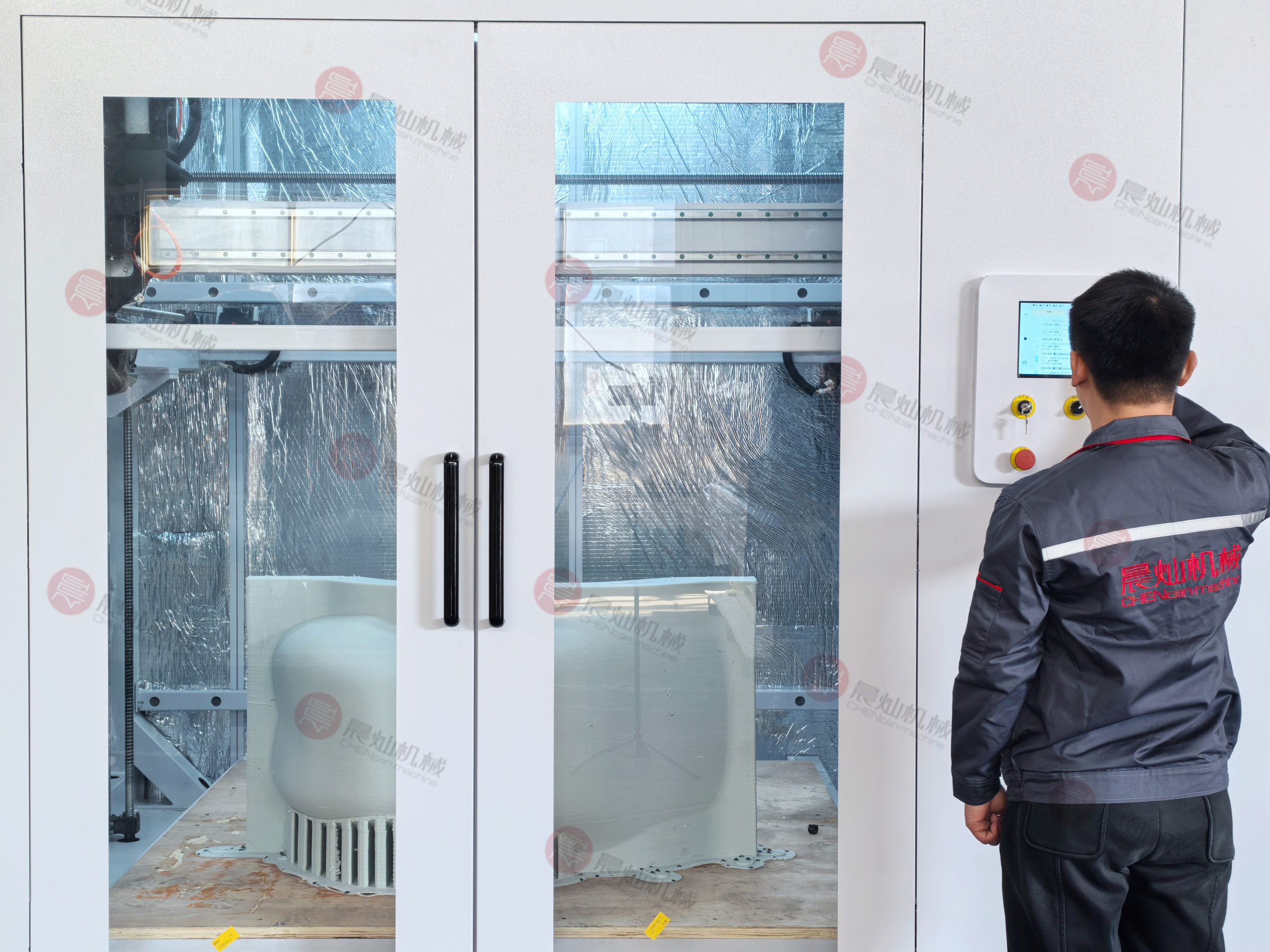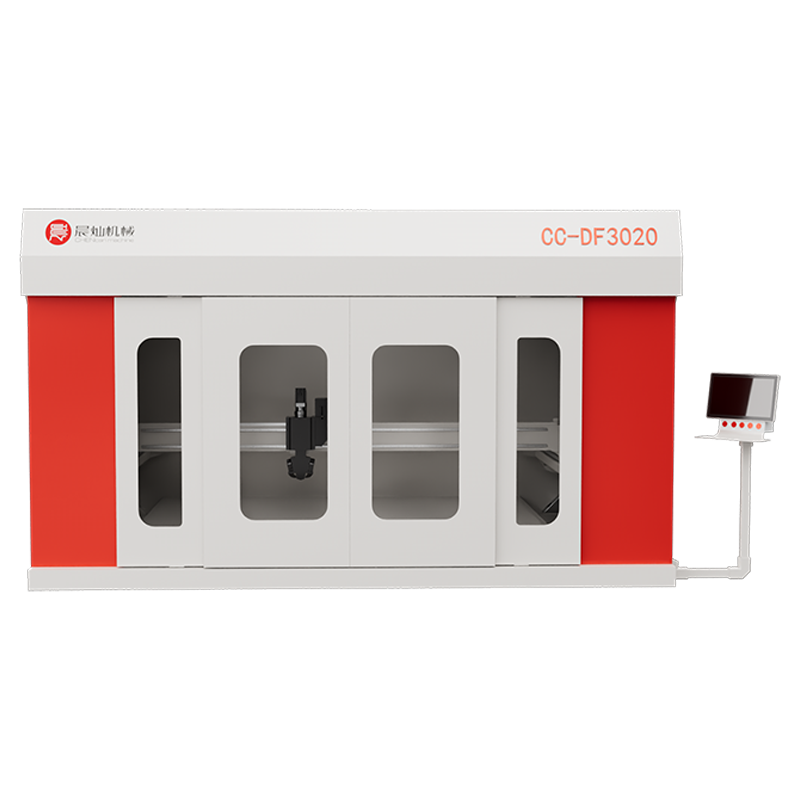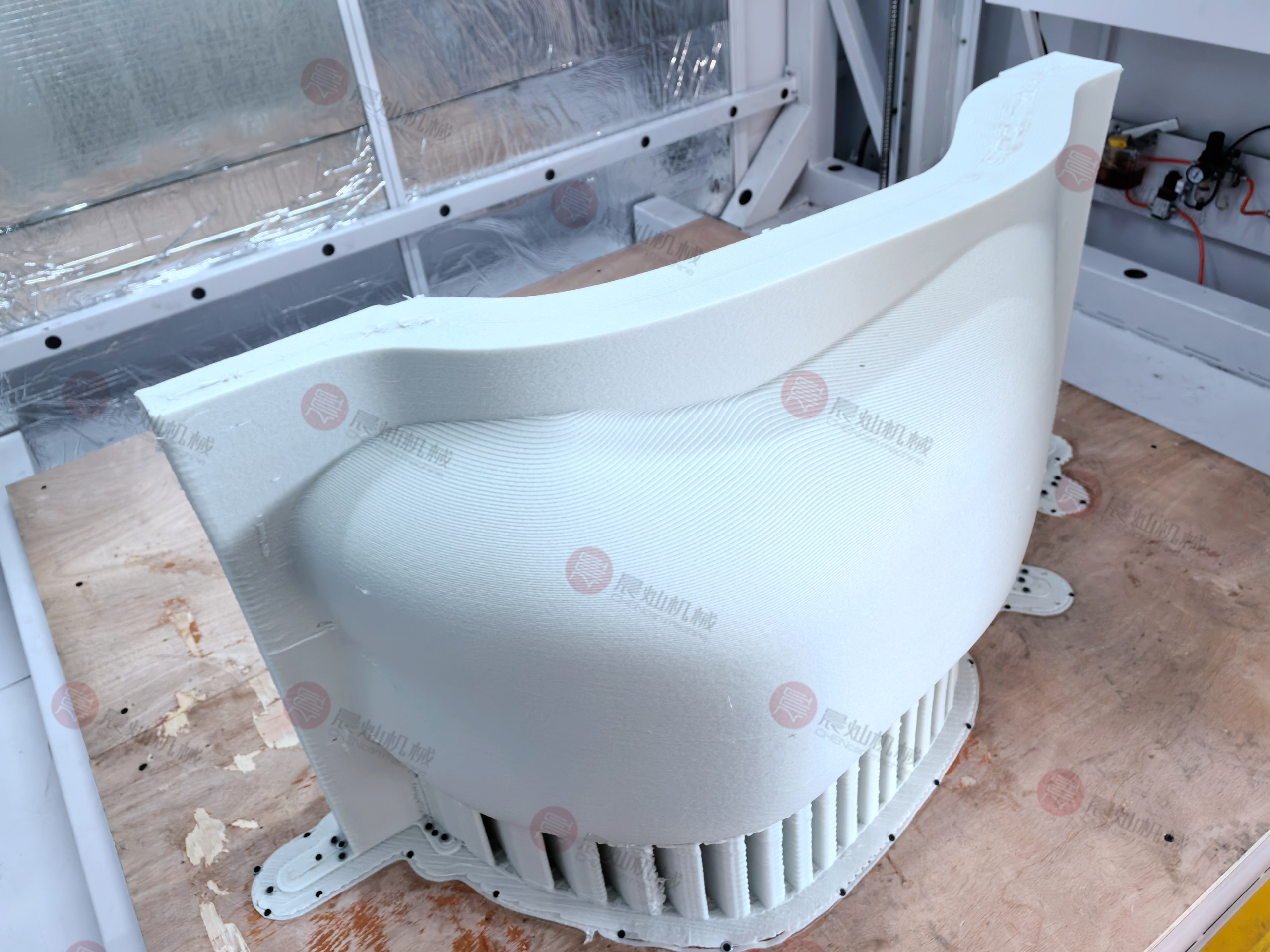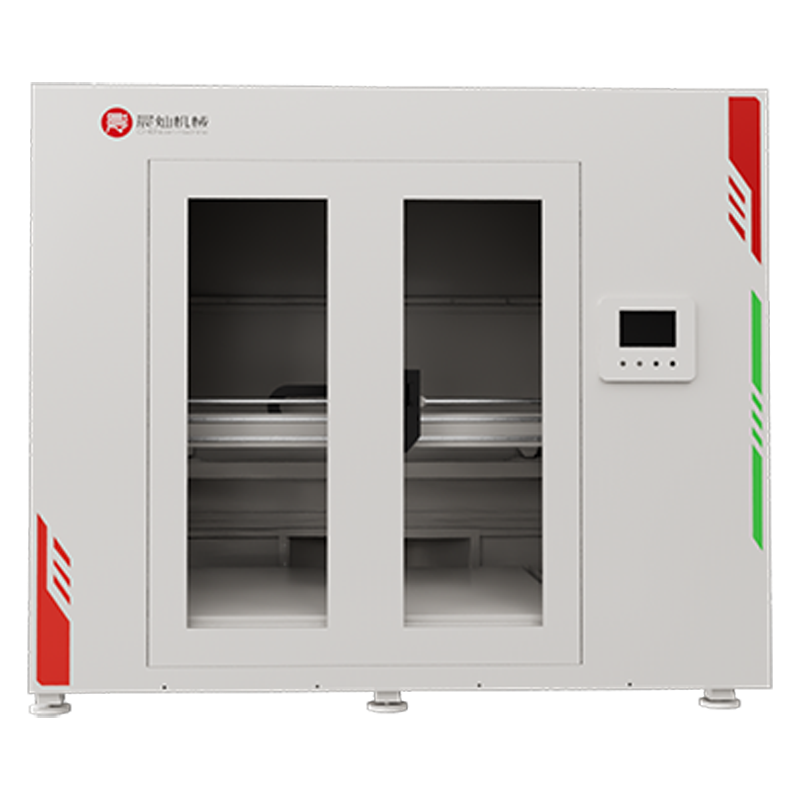Large-format 3D printing is no longer a novelty. For industries dealing with molds, tooling, prototypes, and full-size models, it has become a practical way to save both time and money. But choosing the right machine is not easy. One name that consistently comes up in this space is CHENcan. Founded in 1998, the company has spent more than 25 years developing advanced CNC machining and 3D printing systems for aerospace, automotive, shipbuilding, energy, and mold-making sectors. The result is a line of industrial-grade large-scale 3D printers, such as pellet extrusion systems and hybrid printing–milling centers, built for demanding projects where smaller desktop machines simply don’t make sense. If you’re considering a serious investment in large-format 3D printing, it’s worth looking at their history, factory, and enterprise planning to see the scale behind the name.

Why Does Build Volume Matter in Large-Format 3D Printing?
One of the first questions you should ask is about build volume. Industrial users often need to produce molds for wind turbine blades, yacht hulls, or full-scale car parts. A small printer can never deliver that. When evaluating large-format machines, size directly affects the type of projects you can take on.
Capacity for Oversized Industrial Molds
Large casting molds, automotive bumpers, or even aerospace parts require a working envelope measured in meters rather than millimeters. Printers designed for this scale allow you to print the full mold in one go rather than splicing multiple pieces together.
Flexibility for Process Models and Prototypes
For industries like architecture or industrial design, the ability to print process models at scale helps teams test concepts quickly. A machine with a generous build volume lets you make display-ready prototypes without sectioning.
High Efficiency Particle 3D Printing Mold Equipment
One example is the High Efficiency Particle 3D Printing Mold Equipment. Using thermoplastic pellets such as PP, PE, ABS, and nylon, it prints oversized molds for aerospace, automotive, and wind energy industries. This system is built for scale, with the efficiency to handle jobs that traditional machining alone would struggle to deliver.

How Important Is Material Compatibility?
The second point is material choice. Not every project can be done with PLA or ABS filament. Industrial users want a broader range, including reinforced composites, to match the functional and thermal needs of their parts.
Wide Range of Thermoplastic Pellets and Composites
Pellet extrusion systems allow the use of standard thermoplastic granules. You can load PP, PVC, PA, PPS, acrylic, and even glass-fiber or carbon-fiber-filled composites. This flexibility cuts material costs and makes the printer more versatile.
Suitability for Automotive, Aerospace, and Energy Industries
Each sector demands something different. Aircraft tooling may call for high heat resistance, while car bumpers need impact strength. In wind energy, molds must stay stable across long production cycles. A wide palette of compatible materials means one printer can serve multiple sectors.
Industrial 3D Printer Machines for Process Models
The Industrial 3D Printer Machines for Process Models handle this variety well. They support plastics and composites for process models, design verification, and large-scale prototypes. Their strength lies in combining industrial-grade build with a material range broad enough to cover several industries.

What Role Does Printing Speed and Efficiency Play?
Speed can be as critical as size. A printer that takes weeks to produce a single mold loses its value. Efficiency in extrusion and layer bonding directly affects your production cycle and costs.
High-Efficiency Particle Extrusion for Faster Production
Pellet-fed systems can extrude at higher rates than filament printers, cutting print time for large objects. High throughput means you can complete molds in days, not weeks.
Hybrid Additive and Subtractive Workflow Advantages
Some machines combine 3D printing with CNC milling. This lets you print quickly for rough shape, then finish surfaces with precise cutting. It saves time compared to printing at ultra-fine resolutions.
CHENcan 3D Printer Machine for Mould Making
The 3D Printer Machine for Mould Making is a hybrid system. It prints molds using ABS and fiberglass composites, then mills them for final accuracy. This dual-process approach shortens lead times and produces parts ready for direct use in tooling or casting.

Why Should You Consider Precision and Surface Quality?
A big machine without accuracy is not worth much. Molds and tooling demand precision within tight tolerances. Even small errors can ruin a casting run or require costly rework.
Accuracy for Complex Mold Geometries
High precision allows detailed features, such as cooling channels inside molds. Without accuracy, these features either fail or demand excessive manual finishing.
Smooth Surface Finish Reducing Post-Processing
Good layer bonding and accurate extrusion reduce sanding and polishing. This saves time on large molds, where post-processing can take longer than printing itself.
Proven Reliability in Large-Scale Equipment
Industrial-grade printers undergo strict testing. With heavy frames, advanced control systems, and features like RTCP for motion control, they provide stable performance across long runs.
How Do Automation and Integration Improve ROI?
Beyond the basics of size and speed, automation influences your return on investment. Integrating a printer into a production line reduces labor and allows continuous operation.
Compatibility with CNC Milling and Automated Lines
Some systems feature movable worktables that slide out for easier loading and unloading. Others link directly with robotic arms for material handling. This integration increases throughput without more staff.
Reduced Labor and Higher Consistency
Automated safety doors, vacuum worktables, and tool changers reduce operator intervention. Consistency improves as the system follows precise routines with minimal downtime.
Multi-Process Capabilities Across Large-Scale Systems
Many industrial machines combine multiple functions: printing, milling, drilling, and cutting. Instead of buying separate tools, you gain one platform for several processes.
What Service and Support Should You Expect from the Manufacturer?
Buying a large-format 3D printer is only the start. Service and support are also imopotant.
Lifetime Technical Support and Global Reach
Top manufacturers provide lifetime technical support and maintain service teams capable of troubleshooting complex issues. That includes remote support as well as onsite visits.
Professional Installation and Training Services
Engineers typically visit the customer’s site for installation and operator training. This hands-on support helps your team get productive quickly.
Decades of Experience and Global Clients
With thousands of machines already in use worldwide, proven manufacturers bring experience that translates into reliable service and consistent spare parts supply.
FAQ
Q1: Can these machines print metal?
A: No, they are designed for thermoplastic pellets and composites, not metal.
Q2: How do hybrid printing and milling machines save time?
A: They print fast at lower resolution and then mill surfaces to final precision, cutting total lead time.
Q3: Are these printers suitable for continuous production?
A: Yes, with automation options like movable worktables and tool changers, they can run in production lines with minimal operator input.





